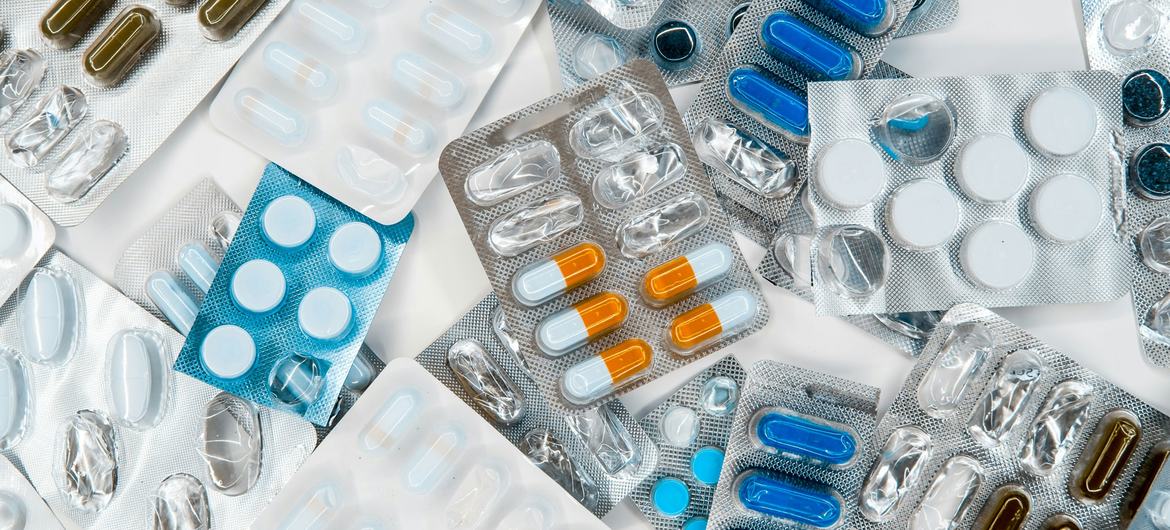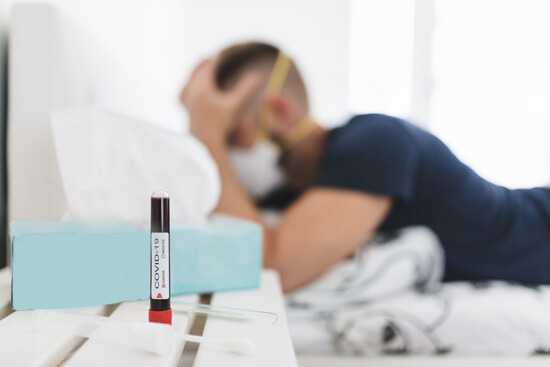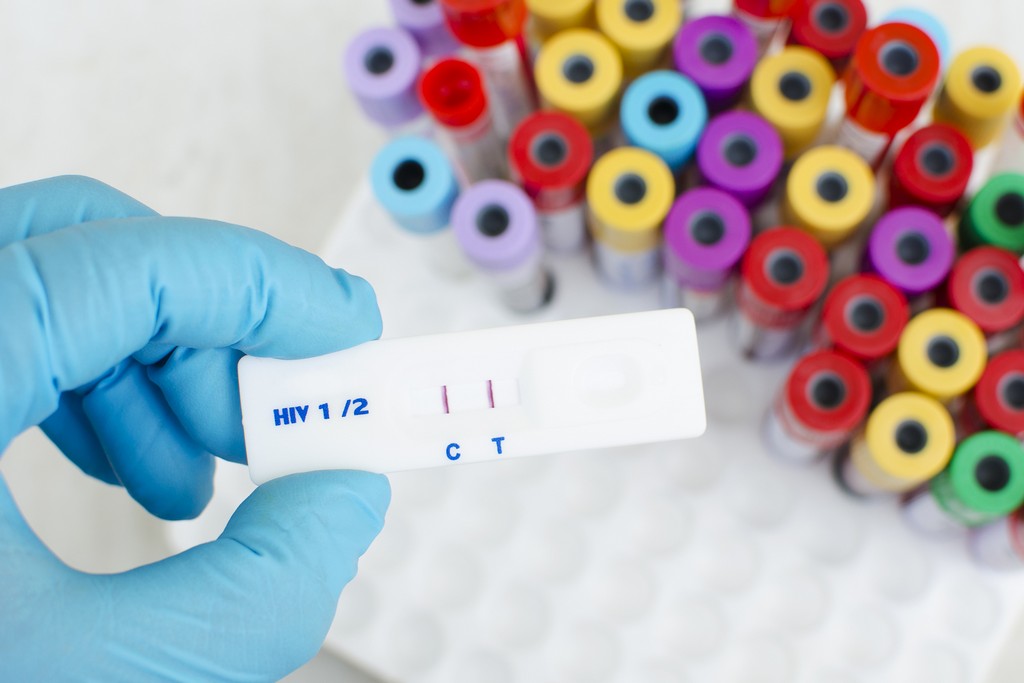Per- and polyfluoroalkyl substances (PFAS), known as “forever chemicals”, are used across various industries, from electronics to aerospace.
However, they have also found their way into everyday consumer products, raising public concern due to their harmful effects on people's health.
“PFAS are these man-made chemicals, they don't occur naturally, we have to make them in the lab,” Dr Shelley Liu, associate professor at the Icahn School of Medicine at Mount Sinai, told Euronews Health.
“They are really useful because they have these water resistant, oil repellent, stain resistant properties, so you can imagine they have a lot of use across industry and also consumer products,” she added.
These toxic chemicals can also be in water, soil, and air, increasing people’s exposure.
Recent research has identified the presence of PFAS in rainwater nearly everywhere on Earth, and they have been found in tap water and increasingly in items like fruits and vegetables.
“PFAS in general, they have this carbon fluorine bond that's very strong, so because of that they're really hard to break down,” Liu said.
“Your body doesn't break it down and some of these PFAS chemicals can last in your body for years, maybe three to five years,” she added.
Avoiding exposure to these chemicals can be challenging as it occurs through using contaminated products and those containing these chemicals or even by breathing contaminated air.
Recent research has also found that these forever chemicals can enter the bloodstream through contact with the skin.
PFAS are toxic to humans, with numerous studies linking them to an increased risk of cancer, hormonal disruptions, reproductive problems, and other health issues.
Liu added that PFAS exposure was also linked to weaker immune system functions, decreased vaccine response, and higher cholesterol levels.
“Just because you have high exposure doesn't necessarily mean that you're going to get the disease, but you might be at higher risk,” she said.
While completely avoiding them may be nearly impossible, as they are found almost everywhere, people could reduce their exposure by avoiding some everyday products that may contain PFAS.
Non-stick cookware
Many non-stick pots and pans are coated with a form of PFAS, including one called PTFE, which helps prevent food from sticking.
When these coatings are heated, scratched, or begin to wear off, they can break down and release PFAS into the food being prepared.
To reduce exposure, Liu said people should opt for alternatives such as stainless steel, or regularly replace old nonstick cookware.
Food packaging
PFAS are sometimes used in disposable food packaging materials, such as microwave popcorn bags, fast food wrappers, and pizza boxes, because of their ability to resist grease and oil.
Studies have found that people who regularly eat out have higher levels of PFAS in their blood compared to those who frequently eat home-cooked meals, suggesting that these chemicals can transfer from the packaging into the food.
However, some countries and companies are taking steps to restrict the presence of these toxic chemicals in food packaging.
Earlier this year, packaging containing PFAS was banned from sale in the US, according to the Food and Drug Administration (FDA).
Some fast food chains, including Burger King, McDonald’s, and Wendy’s, have also announced plans to eliminate or phase out PFAS in their packaging.
Still, avoiding takeaway and disposable packaging, by opting for home-cooked meals or using containers labelled PFAS-free, could be an effective way to reduce exposure to these chemicals.
Beauty products
PFAS are commonly added to many cosmetic products.
They are often found in products that promise long-lasting effects such as sunscreens and waterproof mascaras. They are also present in other cosmetics like lipstick, eyeshadow, and nail polish.
The inclusion of PFAS in these products poses significant risks, as they can be absorbed through the skin into the bloodstream, potentially leading to various health issues.
To reduce exposure to PFAS in cosmetics, people can consider using products labelled as PFAS-free or check ingredient lists for known PFAS compounds.
Personal care products, including period products
PFAS are not only found in cosmetics but also in a broad range of personal care products, including period products.
These chemicals are used to enhance the durability, moisture resistance, and spreadability of various items, which makes them regularly used in lotions and creams.
Some period products, such as pads and menstrual underwear, also use PFAS to improve absorbency.
A 2022 consumer study conducted by the watchdog site Mamavation in partnership with Environmental Health News, found that a range of menstrual products contain PFAS chemicals to some degree based on lab analysis of period products.
They were able to detect the presence of these “forever chemicals” in 48 per cent of sanitary and incontinence pads, and 22 per cent of tampons, including two that were labelled as “organic”.
A 2021 Mamavation report found that 65 per cent of period underwear tested had PFAS.
To minimise exposure, consumers can seek out personal care products from brands that specifically say their products are free from PFAS.
Waterproof and stainproof fabrics
A report by Toxic-Free Future, an environmental health research and advocacy organisation, found that 72 per cent of products tested that were labelled as water- or stain-resistant were positive for PFAS.
Fabrics that give some household items like carpets and sofas stain-proof properties might be treated with PFAS, putting many at risk of exposure from within their household through skin contact or by inhaling dust from these products.
Similarly, clothing items such as raincoats and waterproof jackets often owe their waterproof properties to these toxic chemicals.
To avoid exposure, people could verify if brands have removed PFAS from their clothing or household products or consider avoiding stain-proof and waterproof items altogether.
Liu also mentioned that as public awareness of PFAS grows, it could encourage industries to seek alternatives to get those same water-resistant and stain-resistant properties without using these “forever chemicals”.
Still, the main responsibility lies with countries to regulate PFAS use and limit contamination.
“There's only so much that we as the general public can do, I think a lot of it does depend on regulations,” Liu said.















